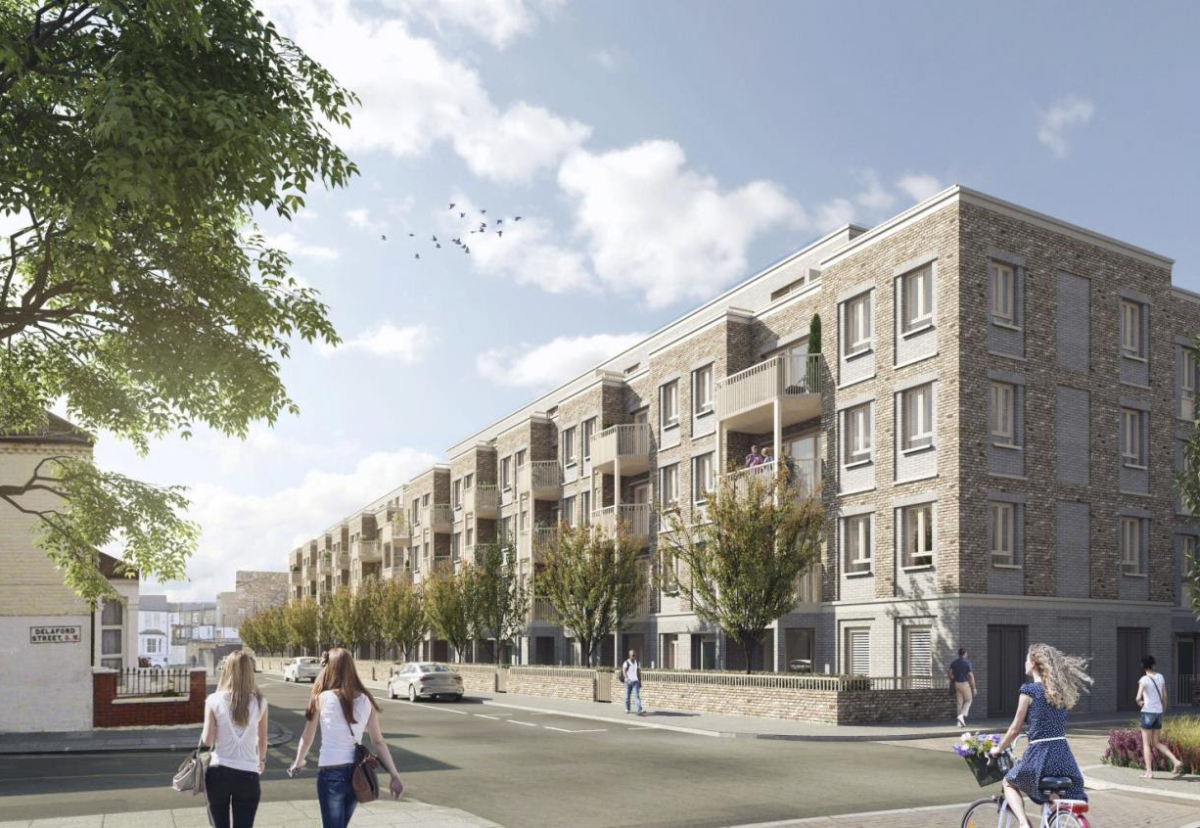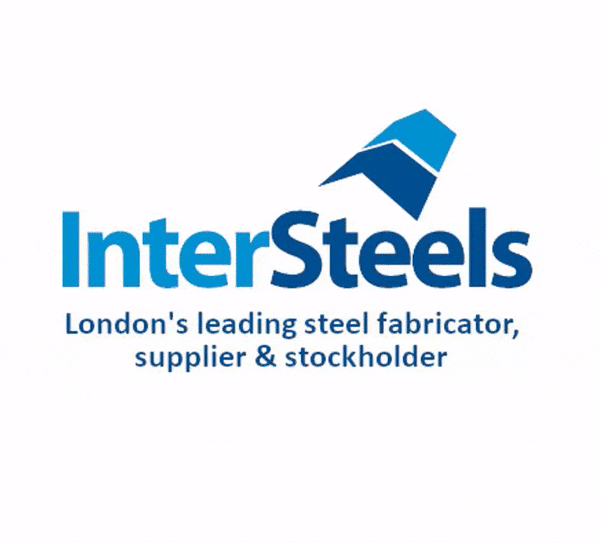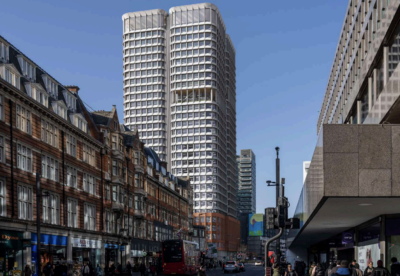The 1960s 14-storey towers on the Aintree Estate have been demolished and will be replaced by high-quality homes built to Passivhaus Classic Standards across three buildings ranging in height from three to seven storeys.
Higgins will start main construction work in August with completion due by late 2025.
Of the new homes, 112 will be designated as affordable with 67 flats being at social or London affordable rent.
The design of the new homes, which was co-produced with estate residents, draws inspiration from the historic mansion apartment buildings in the borough, incorporating an elegant brick-clad façade and reconstituted stone banding.
The designs also include landscaped gardens featuring a mix of soft and hard landscaped areas, trees, shrubs and play space for different age groups.
Declan Higgins, Partnerships Director for Higgins said: “This development is a result of extensive consultation between residents, neighbours and the council to ensure the aims and objectives of residents are taken into consideration.”
“We are delighted to be working in partnership with Hammersmith & Fulham Council to deliver this high-profile development and will continue to work closely with the local community through our Community Engagement Strategy which will delivering training and employment opportunities, to ensure we leave a lasting legacy.”
Cllr Frances Umeh, H&F Cabinet Member for Housing and Homelessness, said: “I’m delighted that we can start to build these new energy-efficient homes on the Aintree Estate.
“We understand the challenges faced by local residents in finding affordable homes locally, and we are addressing this issue head on.
“By ensuring that 50% of these stunning new Fulham flats will be available at social or London affordable rent, we are making progress towards our ambitious goal of providing over 3,000 affordable homes to our local community over the next four years.”
The use of technologies such as air source heat pumps and solar panels, and green and blue roofs are included in the design, along with a Fabric First approach, which will reduce net carbon by 86% and reduce energy bills for residents.






































 (300 x 250 px).jpg)
















